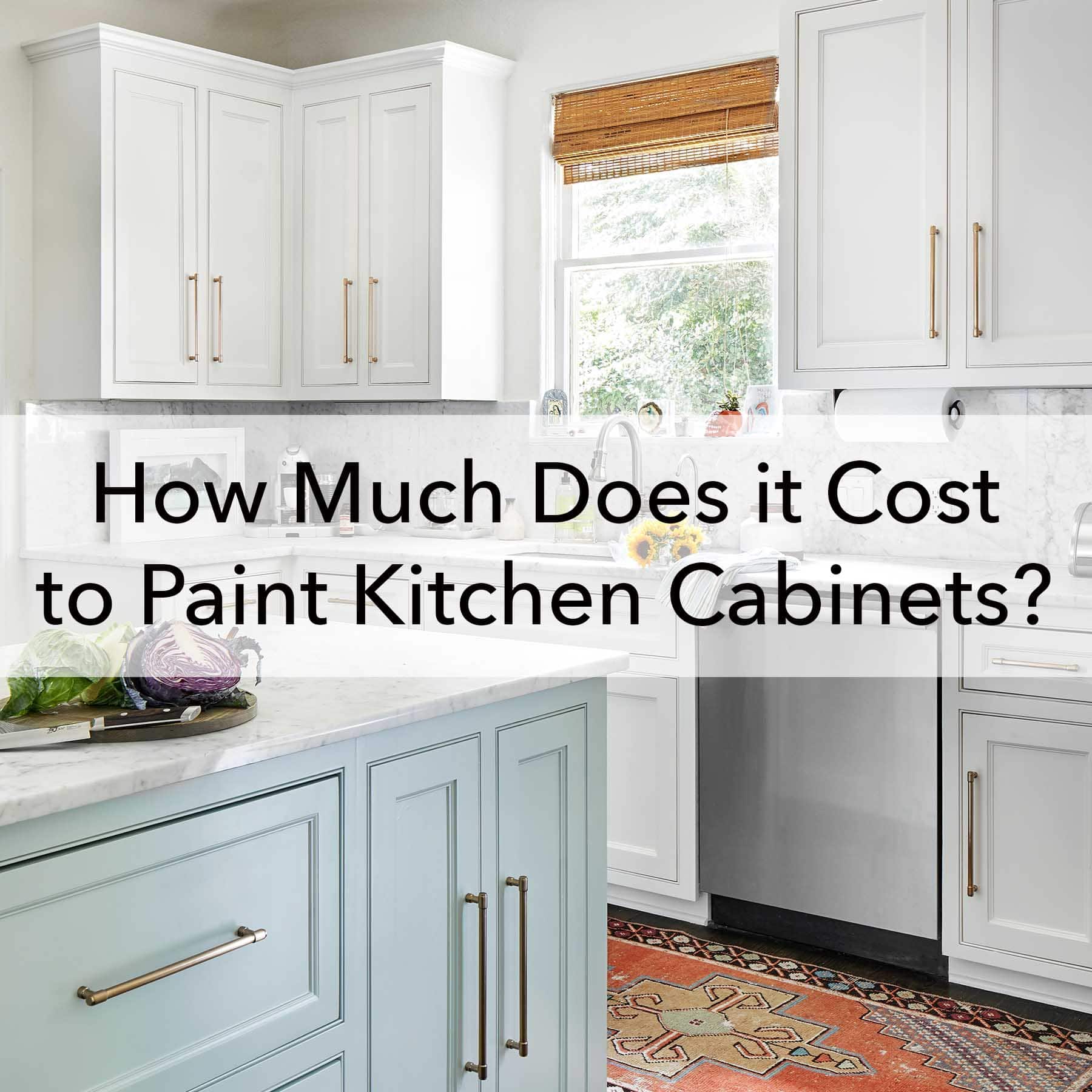Factors Affecting Painted Cabinet Curing Time

The alchemy of transforming raw wood into stunning, painted cabinetry is a delicate process, and the final masterpiece’s durability hinges on a crucial stage: curing. Understanding the factors influencing curing time is paramount to achieving a flawless, long-lasting finish. This exploration delves into the intricate dance of paint type, environmental conditions, and surface preparation, revealing the secrets to a successful cabinet painting project.
Paint Type and Drying Time
The choice of paint significantly impacts the curing time. Oil-based paints, once the industry standard, boast exceptional durability but require significantly longer drying and curing times, often measured in days or even weeks for complete hardening. Their slow evaporation rate allows for a smoother, self-leveling finish, but this comes at the cost of extended curing. In contrast, latex paints, water-based and increasingly popular, offer faster drying times, typically drying to the touch within hours. However, their curing process, the complete hardening and chemical cross-linking, still requires a considerable amount of time for optimal durability. Acrylic paints, a subset of latex paints, share similar drying characteristics but often exhibit slightly faster curing due to their specific resin formulations. The choice between these paint types should carefully consider the project’s timeline and desired finish.
Temperature and Humidity’s Influence on Curing
Temperature and humidity play a pivotal role in the curing process, acting as unseen conductors of the chemical reactions within the paint film. High temperatures accelerate evaporation, speeding up the initial drying phase, but excessively high temperatures can compromise the finish by causing the paint to dry too quickly, leading to cracking or a less durable surface. Conversely, low temperatures significantly slow down the curing process, potentially extending it by days or even weeks. Humidity adds another layer of complexity. High humidity hinders evaporation, slowing down drying and increasing the risk of mildew formation. Low humidity, on the other hand, can lead to faster drying but potentially a more brittle finish. The ideal environment for curing painted cabinets is a well-ventilated space with a consistent temperature between 65°F and 75°F and a humidity level between 40% and 50%.
Surface Preparation’s Crucial Role
Proper surface preparation is not merely a preliminary step; it’s the foundation upon which a successful curing process rests. Meticulous sanding, removing imperfections and ensuring a smooth surface, creates an optimal adhesion surface for the primer and paint. Priming acts as a bridge, ensuring uniform paint application and preventing the wood’s natural oils or tannins from bleeding through the final coat. Inadequate preparation, such as skipping sanding or using insufficient primer, can result in uneven paint application, poor adhesion, and significantly longer curing times as the paint struggles to bind properly to the substrate. In extreme cases, this can lead to peeling or flaking, rendering the entire project a failure.
Paint Curing Time Parameters
| Paint Type | Ideal Temperature (°F) | Ideal Humidity (%) | Minimum Curing Time |
|---|---|---|---|
| Oil-Based | 70-75 | 40-50 | 7-14 days |
| Latex | 65-75 | 40-50 | 3-7 days |
| Acrylic | 65-75 | 40-50 | 2-5 days |
Addressing Concerns and Troubleshooting: How Long Should Painted Cabinets Cure

The seemingly innocuous act of painting kitchen cabinets can, if rushed or mishandled, lead to a cascade of frustrating consequences. Ignoring the crucial curing period can transform your dream kitchen into a nightmare of chipped paint, unsightly cracks, and surfaces that feel less than perfect. Understanding the potential pitfalls and mastering preventative measures is paramount to achieving a flawlessly finished and long-lasting result.
The consequences of prematurely using painted cabinets are far-reaching and potentially costly. Using cabinets before the paint is fully cured invites disaster. Imagine the frustration of a meticulously painted door chipping merely from the weight of a heavy pot. Or the heartbreak of discovering unsightly cracks appearing along the edges, marring the otherwise pristine finish. Discoloration, caused by incomplete drying, can leave your cabinets looking patchy and uneven, a far cry from the uniform beauty you envisioned. The cure time is not a suggestion; it’s a critical period allowing the paint to fully harden and bond to the substrate, ensuring durability and longevity.
Uneven Drying and Sticky Surfaces, How long should painted cabinets cure
Uneven drying often manifests as patches of differing sheen or texture. This is usually caused by inconsistent application of paint, varying temperatures and humidity levels during the drying process, or insufficient ventilation. To remedy uneven drying, gently sand any rough patches using fine-grit sandpaper once the paint is fully dry to the touch, then apply a thin, even coat of paint to the affected areas. Ensure adequate ventilation during both painting and drying. For sticky surfaces, which often indicate insufficient curing, the solution is patience and time. Allow the cabinets additional time to dry in a well-ventilated area. If the stickiness persists after a reasonable time (longer than the manufacturer’s recommended cure time), consider using a tack cloth to remove any residual tackiness. Prevention is key: maintain a consistent temperature and humidity during painting and drying, and apply even coats of paint.
Comparison of Cabinet Finishes and Curing Times
Different cabinet finishes possess unique characteristics that influence their curing times. Matte finishes, while offering a sophisticated, understated look, often require slightly longer curing times due to their higher pigment concentration. Semi-gloss finishes generally cure at a moderate pace, offering a balance between durability and a subtle sheen. High-gloss finishes, with their sleek, reflective surfaces, typically cure the fastest due to their lower pigment concentration and smoother surface. While specific curing times vary depending on the brand and type of paint, it’s crucial to consult the manufacturer’s instructions for precise guidelines. For instance, a high-quality oil-based paint may require a longer cure time than a water-based acrylic, even within the same sheen category. Remember, under-cured high-gloss paint is especially prone to scratching and marring.
